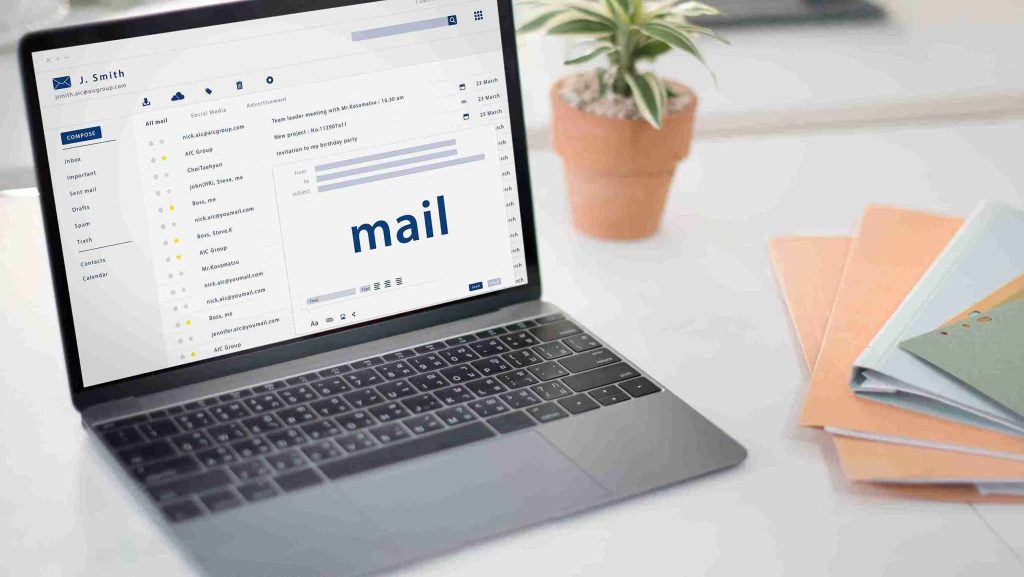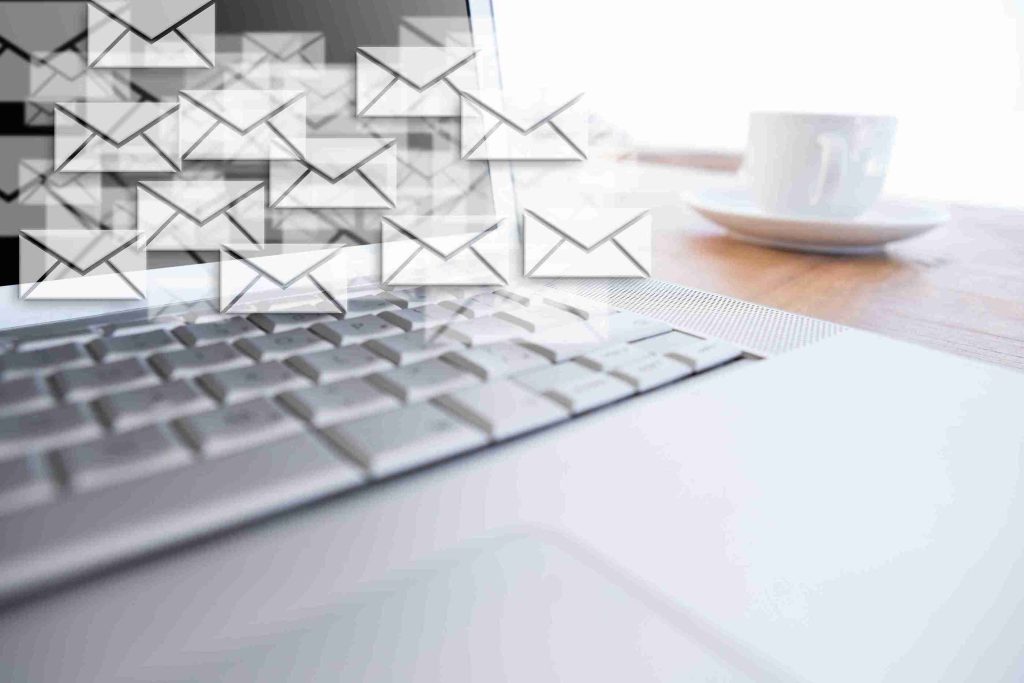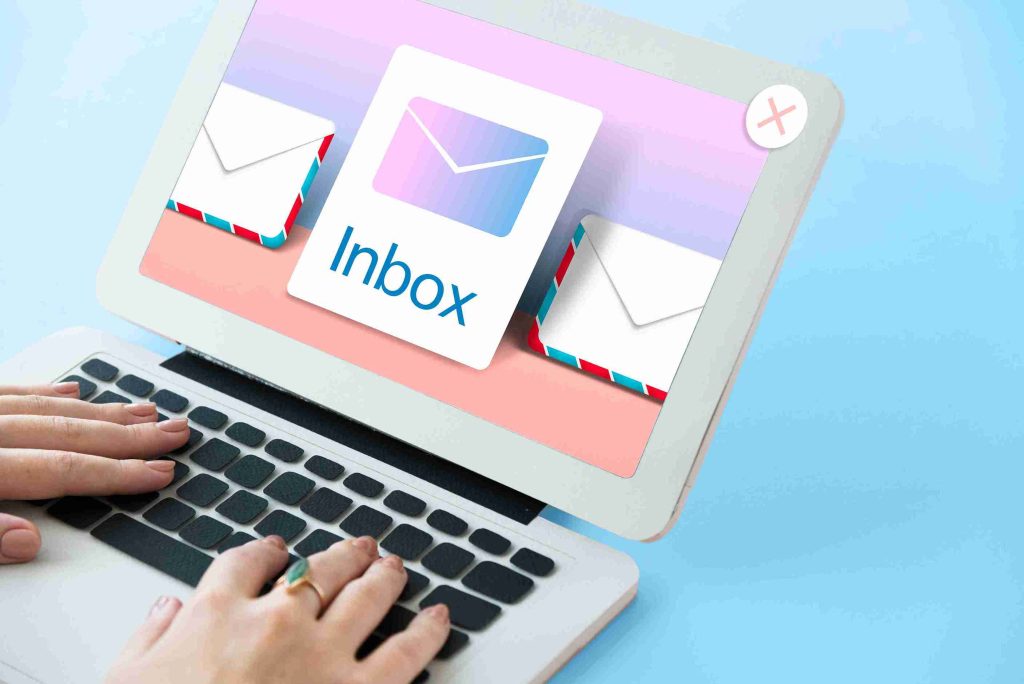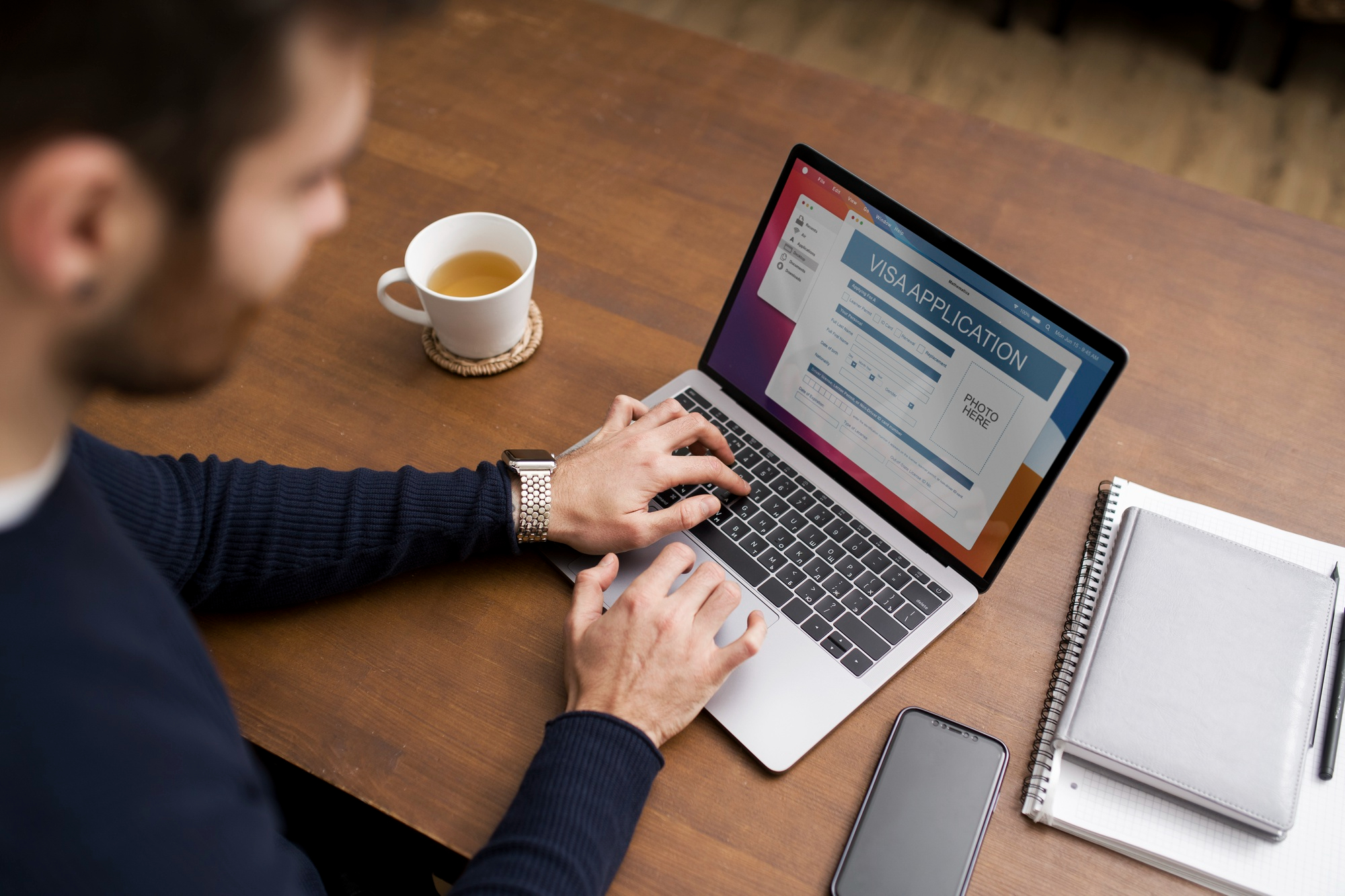How to address an envelope process is an important skill for sending letters, invitations, documents, or business correspondence.
Although digital communication is common today, correctly addressing an envelope remains essential for ensuring your mail reaches the right recipient without delays.
Whether sending a personal letter, a job application, or an official document, understanding the proper format makes a strong impression and demonstrates professionalism.
Basic Layout Structure Before You Write

Before learning step by step how to address an envelope method, it is essential to understand the standard layout. A properly addressed envelope contains three main sections: the recipient address, the return address, and the postage stamp.
The return address is placed in the top left corner, the recipient address is positioned in the center, and the postage stamp is placed on the upper right corner.
The layout should be neat, clear, and easy for postal employees to read. Use dark ink on a light-colored envelope for best visibility. Handwriting should be legible, and using block letters is recommended for formal or international mail.
Step by Step Guide on How to Address an Envelope

This section provides a clear process for completing the how to address an envelope method correctly for most mailing situations.
First, write your return address at the top left corner of the envelope. The return address includes your name, street address, city, state or region, and zip or postal code. This allows the postal service to return the mail if delivery fails.
Next, write the recipient’s address in the center. Begin with the full name of the person or organization. On the next line, write the street address or P O Box number. The third line contains the city, state or province, and postal code. For international mail, add the destination country in capital letters on the last line.
Finally, place a postage stamp in the upper right corner. The required postage amount depends on destination, weight, and mailing speed. Ensure the stamp is firmly attached.
How to Address an Evelope fo Personal Letters

When understanding how to address an envelope for personal mail, such as birthday cards or family letters, the format remains similar but can be slightly less formal.
Titles may be included but are not mandatory. However, clarity is still crucial. If sending a letter to a couple, write both names on the first line. For example, Emily Clark and James Turner. Add apartment or unit numbers when required.
Avoid using nicknames unless the recipient prefers them and the context is casual. Even for personal letters, a neat and readable format ensures a smooth delivery process.
How to Address an Envelope for Formal or Business Mail

Using the correct format for business communication shows professionalism and respect. When learning how to address an envelope for business mail, include titles such as Mr, Ms, Dr, or Professor.
If writing to a company, include the department or job title under the recipient’s name. For example, Sarah Mitchell, Human Resources Manager.
If sending attention mail, use the word Attention followed by the person’s name or department. Business mail requires a very clean format, clear handwriting, and correct spelling of names and company details.
How to Address an Envelope for International Mail

When practicing how to address an envelope for international mail, include additional details to help the postal service in both countries process the letter.
Write the postal code accurately and include the destination country in capital letters. Some countries may require different formatting styles, such as writing the postal code before the city name. Checking international mailing standards beforehand ensures the letter arrives correctly.
Extra Tips for a Professional and Polished Envelope

To ensure your envelope looks organized, follow these tips. Use black or blue ink and avoid cursive handwriting for official mail. Keep lines straight and evenly spaced.
If the envelope contains important documents, consider using address labels or printing the address for a professional finish. For sensitive mail, adding the word Confidential below the return address may be appropriate.
Why Learning the Correct Envelope Address Format Matters
Knowing how to address an envelope correctly ensures the postal service can process the mail efficiently and deliver it to the intended person. It prevents misdelivery, delays, and confusion.
Many still make mistakes in formatting names, writing incomplete addresses, or incorrect placement of postage stamps. Mastering this simple skill improves communication etiquette and is especially valuable for business mail, academic applications, and formal invitations.
This guide covers the best steps and proper way to address an envelope for different types of mail.
Conclusion
Mastering how to address an envelope format provides a valuable communication skill for both personal and professional life. Clear addressing reflects respect and attention to detail, and it improves the chances that your mail arrives on time without issues.
By following the steps above and adapting them to different mailing contexts, you can confidently prepare envelopes for any occasion, from personal greetings to business correspondence.

